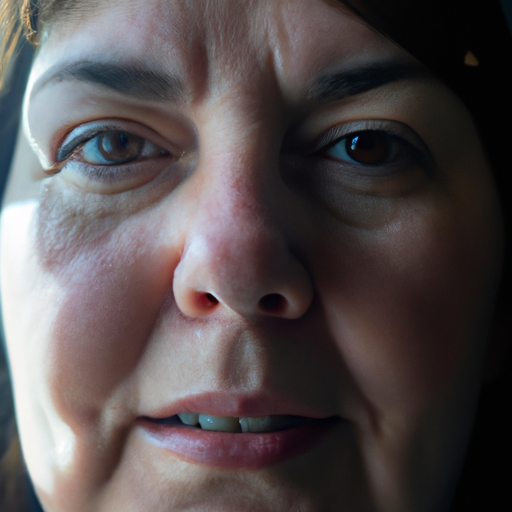As a dermatologist, I am often asked about the secrets to achieving radiant, youthful skin. One of the most effective yet underestimated practices is regular face exfoliation. Unmasking your skin’s natural radiance isn’t as complex as it may seem, and this essential guide to face exfoliation will help you understand its importance and how to incorporate it into your skincare routine.
Exfoliation is the process of removing dead skin cells from the surface of your skin. Our skin naturally sheds these cells every 30 days or so. However, this process can slow down with age, leading to a dull complexion, clogged pores, and rough skin texture. Regular exfoliation can help speed up this natural process and reveal fresh, glowing skin underneath.
There are two main types of exfoliants: physical and chemical. Physical exfoliants use small particles, a brush, or a scrub to physically remove dead skin cells. On the other hand, chemical exfoliants use acids or enzymes to dissolve these cells. Both types can be effective, but it’s essential to choose the right one for your skin type and concerns.
For those with sensitive or dry skin, I recommend using a gentle chemical exfoliant. Look for products containing alpha-hydroxy acids (AHAs) like glycolic or lactic acid. These ingredients work by breaking down the bonds between dead skin cells so they can be easily washed away. They also have the added benefit of boosting collagen production, which can help reduce the appearance of fine lines and wrinkles.
On the other hand, if you have oily or acne-prone skin, you might benefit more from a physical exfoliant or a chemical exfoliant with beta-hydroxy acids (BHAs) like salicylic acid. BHAs are oil-soluble, meaning they can penetrate deeper into the pores to remove excess sebum and prevent breakouts.
Regardless of the type of exfoliant you choose, it’s crucial to use it correctly to avoid damaging your skin. I recommend exfoliating no more than two to three times a week. Over-exfoliation can strip your skin of its natural oils, leading to dryness, irritation, and even breakouts.
Start by cleansing your face to remove makeup and dirt. Then, apply your exfoliant according to the product’s instructions. Generally, you’ll want to apply it in a circular motion, avoiding the eye area. Rinally, rinse thoroughly and follow up with a moisturizer to replenish any lost hydration.
Remember that your skin may be more sensitive to the sun after exfoliating, so always apply a broad-spectrum sunscreen with an SPF of at least 30 during the day.
In conclusion, exfoliation is a vital step in any skincare routine. It not only helps reveal your skin’s natural radiance but also improves the effectiveness of the other products in your regimen by allowing them to penetrate deeper into the skin. However, it’s essential to choose the right exfoliant for your skin type and use it correctly to avoid any potential damage. With regular exfoliation, you can unmask your skin’s natural glow and maintain a healthy, youthful complexion.




